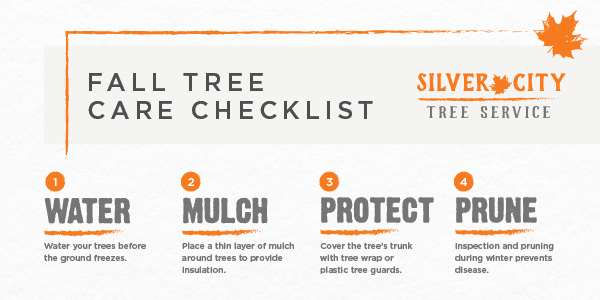Tree Elimination Aftercare: Ideal Practices For Landscape Recovery
Tree Elimination Aftercare: Ideal Practices For Landscape Recovery
Blog Article
Content By-Tate Leblanc
After a tree's elimination, your landscape might look fairly different, and it's important to analyze the aftermath carefully. You'll want to assess the dirt disruption and examine bordering plants for any indicators of tension. Neglecting these aspects can lead to bigger problems down the line. So, what should you make with those stumps and roots? And how do you pick the most effective plants for your revitalized space? Allow's explore these important actions.
Analyzing the Aftermath: Reviewing Your Landscape
After a tree elimination, it's essential to examine your landscape to comprehend the influence it carries your lawn.
Begin by examining the area where the tree stood. Look for indicators of dirt disruption, and check the bordering plants for any stress and anxiety or damages.
You need to likewise bear in mind of exactly how the removal has changed sunshine direct exposure and air flow in your garden. This shift can affect the development of nearby plants, so it's essential to assess their wellness.
Think about the aesthetic facets also; the removal may produce an open space that you can upgrade.
Lastly, consider any possible erosion issues that may develop from the tree's absence. Attending to these elements early will help restore balance to your landscape.
Dealing With Stumps and Origins: Choices for Elimination
As soon as you have actually assessed the consequences of the tree removal, you'll likely need to deal with the stump and origins left behind.
You have a couple of options for elimination. One efficient approach is stump grinding, where a professional uses a machine to grind the stump down to underground level. This strategy leaves marginal disturbance to your landscape.
If you favor a DIY technique, you can use a combination of digging and chemical stump eliminators. Just remember, this process can require time and effort.
Conversely, consider leaving visit this web page link as a natural feature, which can function as an unique garden component or environment for wildlife.
Whatever Small Tree Removal pick, dealing with the stump and roots is essential for restoring your landscape.
Picking the Right Plants for Your New Space
As you assess your recently gotten rid of space, choosing the right plants can substantially boost your landscape's appeal and performance.
Begin by taking into consideration the sunlight and dirt problems. For sunny locations, go with drought-resistant plants like lavender or succulents. In shaded areas, ferns and hostas flourish well.
Think about the size and growth habits of your plants; mix perennials and annuals for seasonal selection. Don't fail to remember to include native types; they require much less upkeep and assistance neighborhood wild animals.
Group plants in strange numbers for an extra all-natural appearance and produce layers for visual depth.
Finally, guarantee you have a mix of colors and textures to keep your landscape vibrant throughout the seasons.
Pleased planting!
Final thought
In conclusion, recovering your landscape after tree removal is a rewarding procedure. By evaluating the consequences, resolving stumps and origins, and picking the right plants, you'll create a successful environment. Don't fail to remember to integrate disintegration control actions to secure your dirt. With a little initiative and treatment, you can change your room into a dynamic yard that improves your residential or commercial property. Embrace the chance to renew your landscape and appreciate the elegance of nature right in your backyard!
